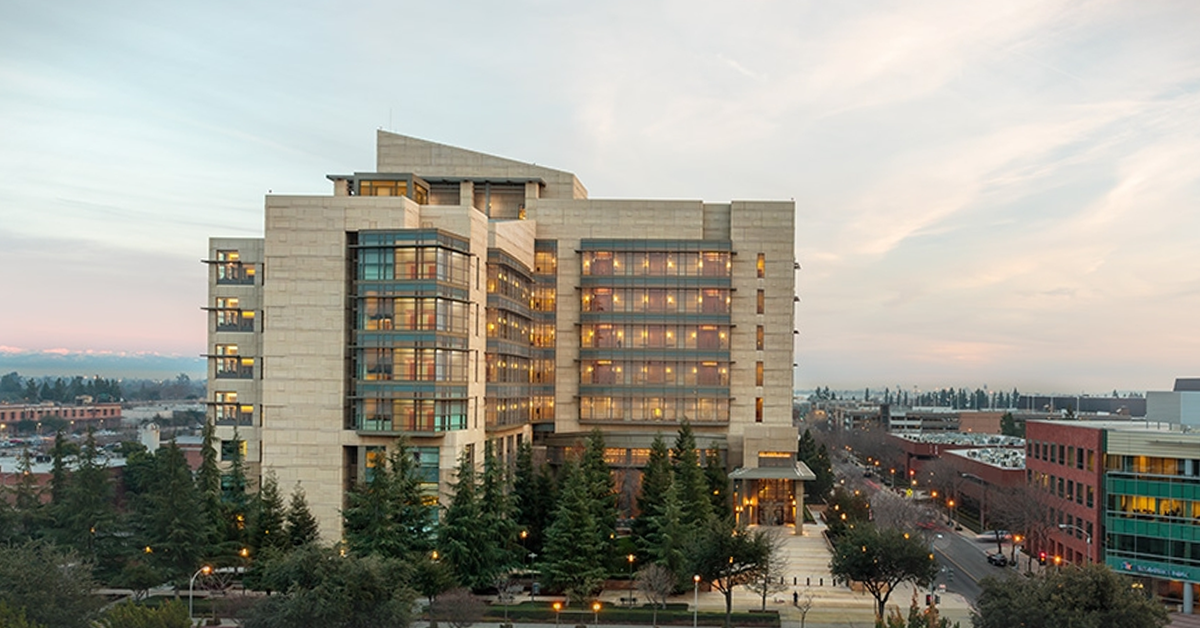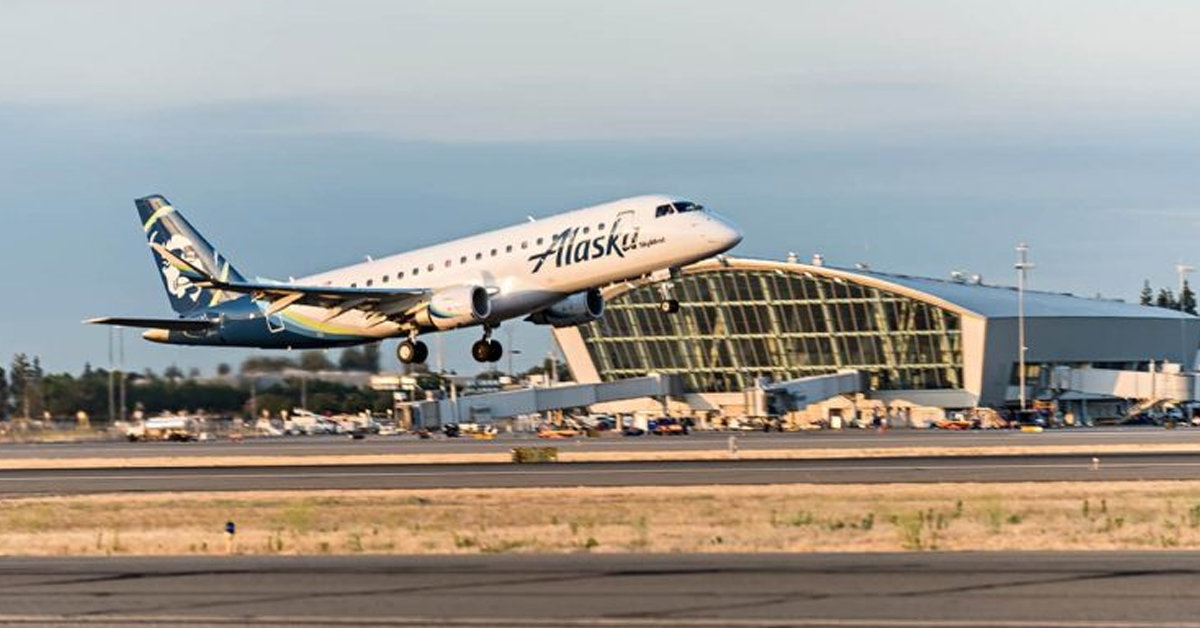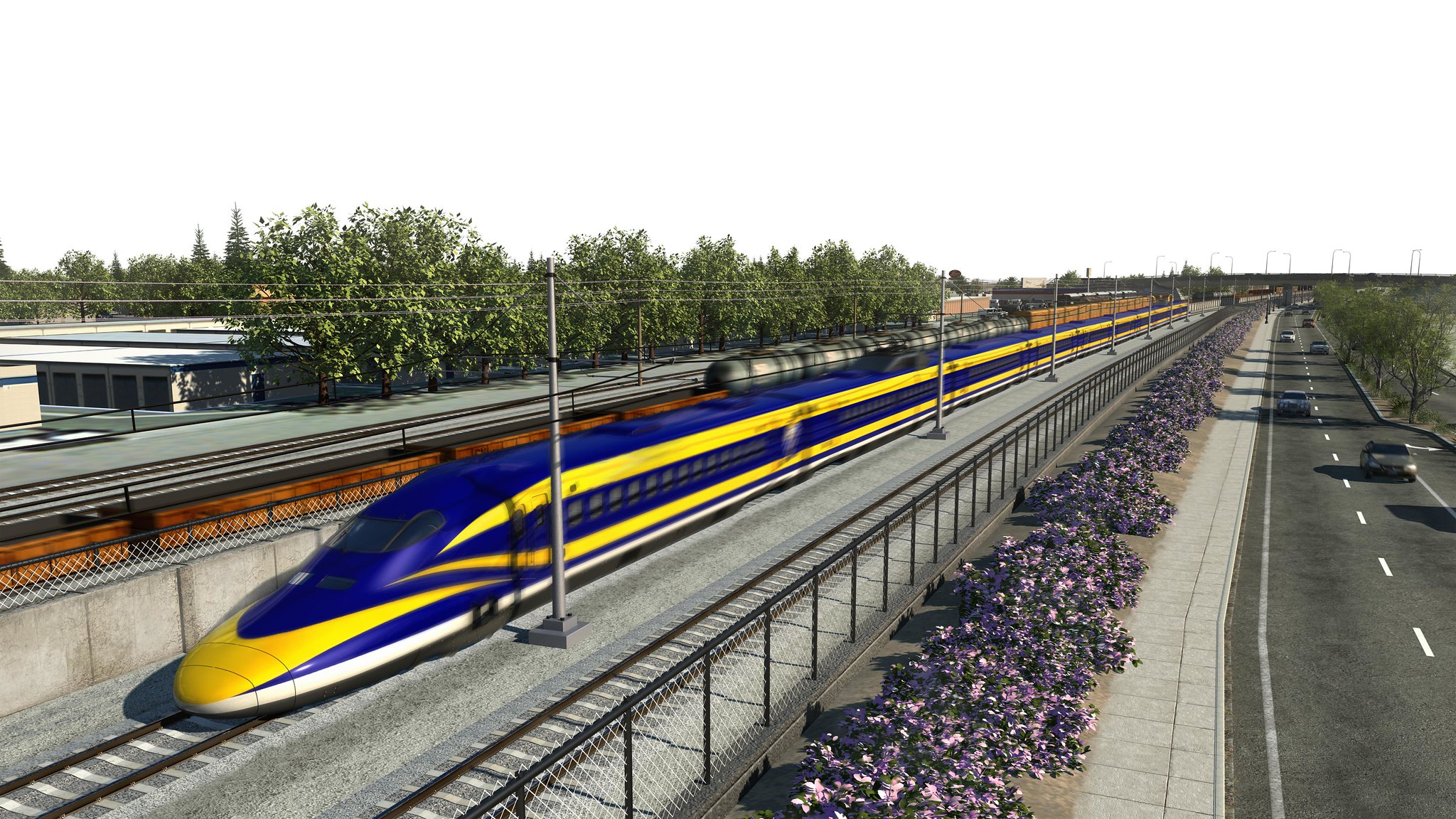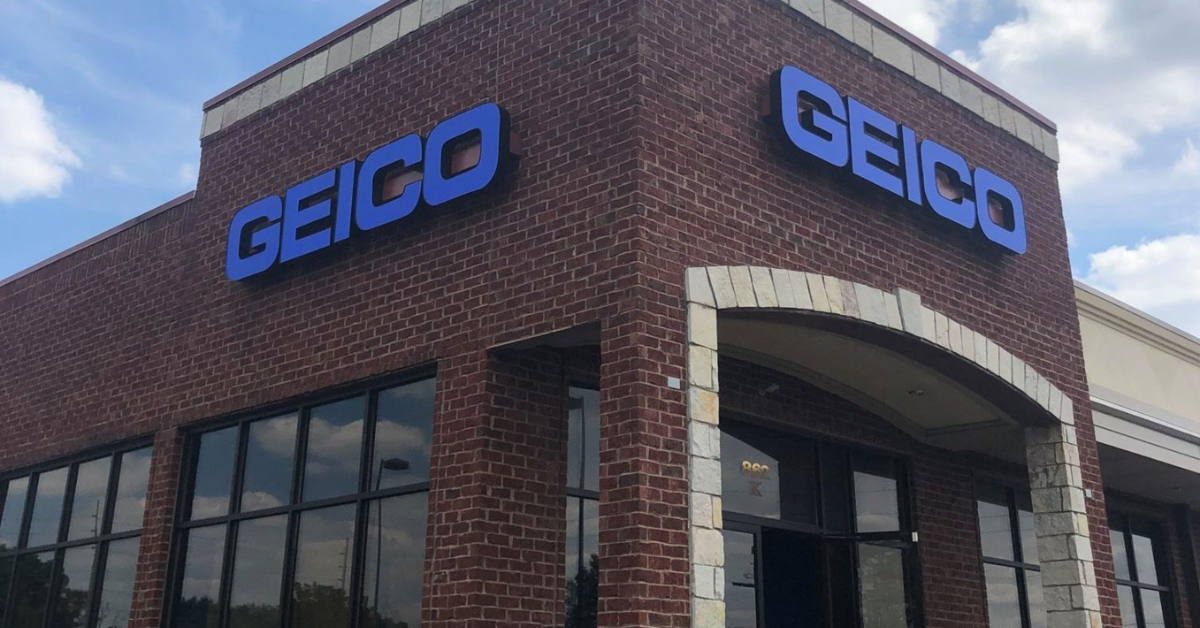Once again, the cost for the much-maligned high-speed rail project increased as the California High-Speed Rail Authority released its updated business plan Tuesday.
The initial 119-mile section was slated to cost $12.4 billion. That total has now increased to $13.8 billion, and the Authority only plans to build one single track that will run from Madera to Shafter.
It is the fourth cost increase over the last five years for the project.
With the COVID-19 pandemic being the latest in a long line of challenges for the project, High-Speed Rail Authority CEO Brian Kelly evoked Nelson Mandela in his message as part of the updated business plan.
At the beginning of his message, Kelly placed the Mandela quote “It always seems impossible until it is done.”
Whether or not it was right to attach Mandela’s name to the situation around High-Speed Rail, the project’s increased costs make the impossible feel even more so amid opposition from state legislators.
Assemblyman Jim Patterson (R–Fresno) – who previously was responsible for a 2018 audit that revealed mismanagement resulting in billions of dollars in extra costs – said Tuesday that his fellow legislators are starting to come around on the project and are voicing their concerns.
“This project costs way more than it should, and it’s costing way more than the High-Speed Rail Authority is telling us, which is why they keep having more and more business plans and yet they keep shrinking down what they actually build,” Patterson said. “And again the bombshell in this report is that they only have enough money to build one track. That one track will run empty trains in a test mode for four years between Madera and Shafter.
“That is supposed to be an impressive operational test to demonstrate the ridership and the effectiveness of what they’re building. It’s just the opposite. It is a rump railroad with one track that will not demonstrate at all anything but the mistakes along the way, the old technology that’s being used and blowing through so much money.”
Californians originally approved Proposition 1A in 2008, providing $9.95 billion for the total project. As part of the bond, the Authority received $9 billion while the remaining funds were allocated to local high-speed rail connectivity projects under the California Transportation Commission.
With the $2.6 billion that was specifically allocated for the Central Valley exhausted by the end of 2020, the Authority is requesting $4.1 billion in Proposition 1A bond funds that have not been spent already to be directed to complete the 119-mile segment in the Central Valley.
That leaves $100 million remaining in bond funds to go toward early design and environmental reviews for the rest of the project connecting San Francisco to Los Angeles.
“What the High-Speed Rail Authority is saying about this $4.1 billion is essentially that they want all that money with no strings attached,” Patterson said. “And at the end of all of this what do we really get for these billions of dollars, long delay and essentially outdated technology?
“We get a sort of fast-speed train that doesn’t go to LA or San Francisco but hooks up with Amtrak. That’s not what the voters approved. It is not what they have promised, and yet the execution of this plan has been so bad that here with billions of dollars into the project, what we’re looking at for a period of time is this one track, partially built, on a rump railroad. This is not a demonstration of the project. It’s the demonstration of a failure.”
Is there any hope the Biden Administration will reverse course from the Trump Administration and return a grant that totaled nearly $1 billion to the state after the federal government pulled it in 2019?
Biden has not explicitly said that his administration will do so, but moving forward the Federal government looks to be in favor of the project.
Acting Federal Railroad Administrator Amit Bose released the following statement: “America has a chance to lead the world once more through innovation in infrastructure – connecting our communities, creating good jobs, addressing climate change and ensuring equity. Passenger rail development, including world-class high-speed rail, can and must be a part of our strategy to accomplish these goals. As in many other arenas, California has taken the lead nationally to advance high-speed rail, starting an economically transformative project in the Central Valley and assuming the challenges that come with that leadership. The US Department of Transportation looks forward to partnering with California as it leads the way to build back better.”
Despite the support of the Biden Administration, Patterson does not expect the federal government to jump in and save the day.
“I think we’re a long way from the federal government swooping in and bailing out this operation, partly because there’s going to be a lot of competition for High-Speed Rail money across the United States,” Patterson said.
“I think the bigger hurdle here is how much money and how long will the federal government step in to essentially create a fast-speed train that is some of the most obsolete technology? And I think that the jury is still out on that. I don’t think we can second guess. We’ll see, but at the very least this Authority in the state of California needs to see to it that there is something of value left behind in Central California.”










